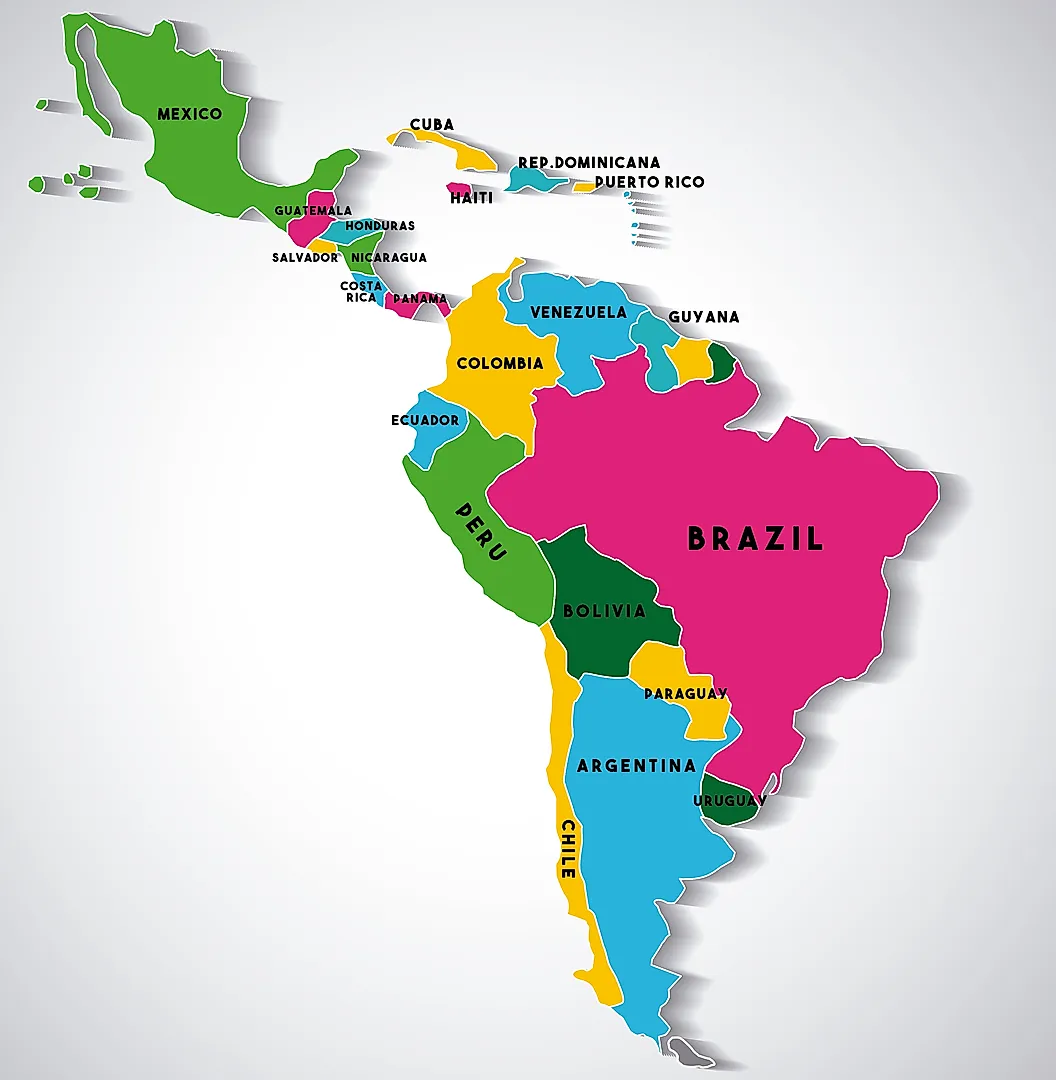After several rounds of announcements, the currency swap between Argentina and the United States has finally been confirmed by the authorities of both countries. That means the US$20 billion support line is now officially available to President Javier Milei and Argentina.
U.S. President Donald Trump’s decision to dedicate such a huge support package to Argentina has been widely interpreted as a bailout, criticized by Republicans and Democrats alike for failing to prioritize the needs of the U.S.’s own citizens.
But the swap line is not the same as traditional development aid spending. Here’s how a currency swap works — and the key questions to ask about the deal.
What is a currency swap? A currency swap is when two countries agree to exchange sums of their currencies. Once the swap is agreed, the country has to “activate” the swap to draw on the funds. When it receives the money, it can use it freely, although it is typically spent on imports from the other country in the deal, or to pay debt.
President Milei has explained the agreement, saying: “We have US$20 billion of credit, and they have credit equal to that number in pesos. It is only activated when needed.”
This means the U.S. Treasury commits to deposit the money in Argentina’s Central Bank, and Argentina does the same with pesos — but they don’t actually make the payments until the swap is activated.
The swap becomes active when one of the countries decides to use the money. Once that happens, it becomes part of the country’s international reserves.
The country activating the swap does not necessarily activate the full amount in one go.
Is a currency swap the same as foreign aid? A currency swap is not the same as development aid spending, in which wealthy countries provide assistance to developing countries. Aid spending is typically coordinated through a national aid or development institution, such as the United States Agency for International Development (USAID). Trump has made huge cuts to USAID since taking office in January.
Despite this distinction, Bessent used the word “aid” to describe the Argentina package in mid-October.
Is a currency swap a kind of debt? Yes, the swap can be understood as the U.S. giving Argentina a loan, but it only turns into debt once it is active.
“When you start using it, you later have to give back all the money you used, plus an interest rate,” economist Juan Manuel Telechea explained. “This means that [Argentina] is taking debt. In the future, the U.S. government will demand those dollars back.”
This expectation that the swap will be repaid is another feature distinguishing it from development aid.
What will Argentina use the US currency swap for? Milei said on Monday that Argentina would use the swap to make 2026 debt payments in the event that the country cannot operate in the forex market because financial indexes deem Argentina too risky.
“That would be taking debt to pay for debt,” he told Tucumán’s Canal 8 TV station.
What conditions apply to the swap? Each swap deal is different, but they come with conditions such as an interest rate and a deadline for repaying the funds.
“We don’t know any of that regarding the Argentina-U.S. swap deal because there is no information from either of the parties. We only have an announcement,” said economist Martín Kalos, head of the EPyCA consultant agency.
It is not even clear whether those conditions have been established, or will be decided when one of the parties needs to use the swap money, Kalos added. For example, the U.S. has had a swap with Mexico for the past 30 years, but it has never been activated.
Argentina’s Central Bank says the conditions of the swap are being kept confidential in order to prevent investors from trading the difference between the countries’ positions in the deal.
You may also be interested in: Trump: ‘Argentina is fighting for its life’
What is Trump’s Argentina bailout? The United States has announced an unprecedented series of financial instruments to aid Argentina in recent weeks. Officially, the Trump administration has denied it’s a bailout for Milei, but it has been widely interpreted that way in both countries.
Argentina is in an economic crisis: the peso has been weakening for months and the Central Bank and Treasury don’t have the dollars to defend it. Milei and his La Libertad Avanza party have also been hit by a series of scandals that have eroded public confidence in his leadership.
On October 26, Argentines will vote in mid-term legislative elections. Faced with this wobbly political and economic panorama, many are likely to convert their cash into dollars as a safe investment, draining international reserves.
You may also be interested in: Argentina’s elections: an explainer for Donald Trump
“The Argentine government’s goal is for this deal to calm expectations of a devaluation in the Argentine forex market caused by a growing demand for dollars,” Kalos explained.
The Central Bank has said the agreement will help to fend off market volatility and stabilize Argentina’s macroeconomic situation — as well as the prices of everyday goods.
It’s not clear when any potential funds would be paid into Argentina’s coffers, and Kalos said the government was hoping it would not need to activate the swap at all.
In addition to the swap, the U.S. has been intervening in Argentina’s currency market to prop up the peso, and Treasury Secretary Scott Bessent announced the creation of a US$20 billion private fund for Argentina last week.
Bessent also said the U.S. was prepared to buy Argentina’s sovereign bonds in dollars and offer the country a credit line through the Exchange Stabilization Fund, but it has not done so at the time of writing.
What’s in it for Trump? In his statement about the swap on Tuesday, Bessent confirmed that the motives for the agreement are strictly geopolitical. “We do not want another failed state in Latin America, and a strong, stable Argentina as a good neighbor is explicitly in the strategic interest of the United States,” he said.
The U.S. is in an ongoing trade war with China, and the Trump administration has made it clear that it wants to halt the country’s burgeoning power and influence in Latin America. Weeks ago, Bessent said Milei was “committed to getting China out of Argentina,” although he later rectified saying he meant only Chinese “ports, military bases, and observation facilities.”
You may also be interested in: Beijing break-up: Trump wants China out of Argentina. Could Milei afford it?
Trump said that while he recognized that Argentina was doing “some trade” with China, any military co-operation would be a red line. “If [military co-operation] is what’s happening, I’d be very upset about that,” he said in a working lunch with Milei on October 14.
“Argentina is the United States’ only ally in the region,” Telechea said.
Is this bailout for Argentina, or for Milei? Kalos described Trump’s financial support package as “a political, partisan and personal bet” on Milei based on their ideological affinity. “They openly said that this is not a bet on Argentina, even though Argentina is the one getting into debt if the swap activates.”
“This should not affect Argentina’s relations with other countries, like China, but it all depends on what the U.S. and Argentine governments are negotiating.”




